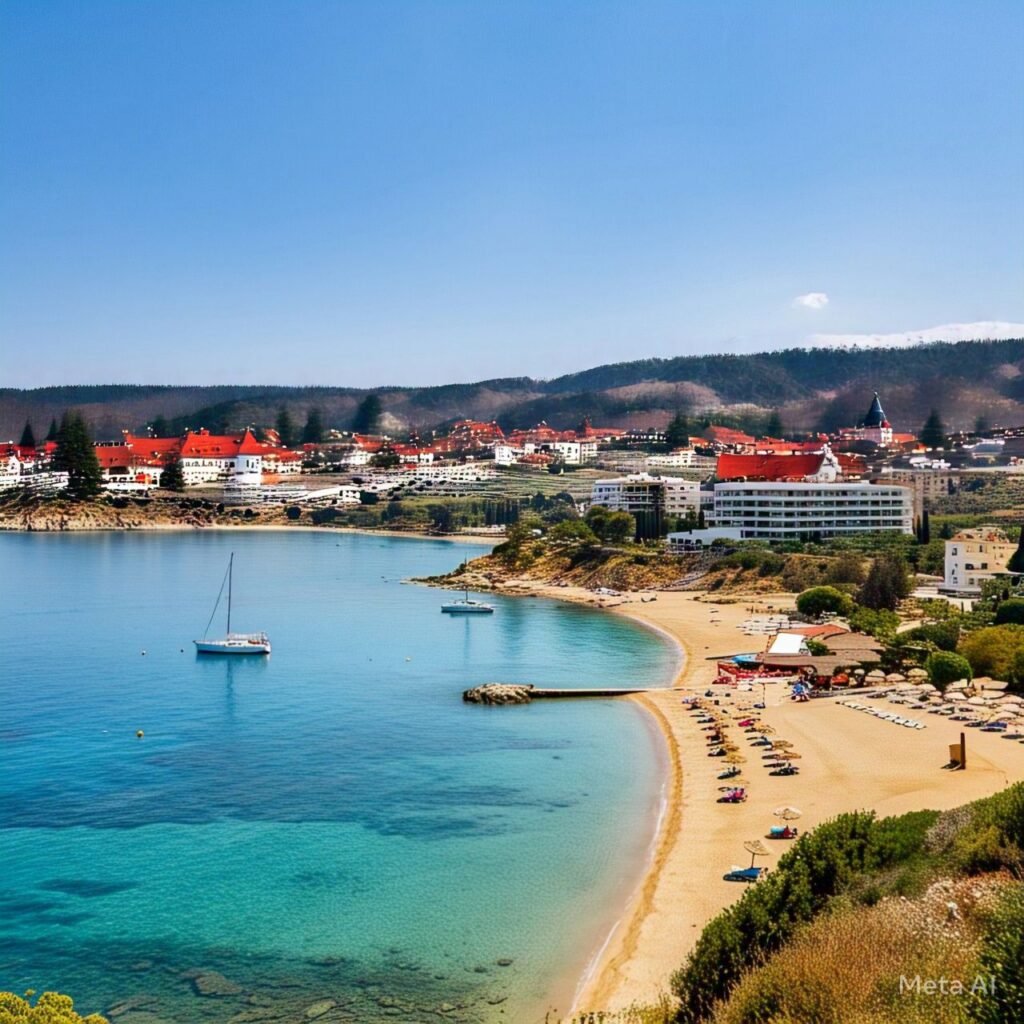
Christmas markets, New Year’s festivities, Valentine’s Day getaways, chasing the winter sun, and, of course, snow and ski excursions are just a few of the numerous reasons to visit Europe in the winter. Therefore, what you’re looking for will greatly influence your choice of the top winter travel destinations in Europe.
South Europe has the warmest winter destinations, so if you’re tired of packing up, it’s best to go there. Northern Europe is the place to go whether you want to chase the aurora borealis or pistes. Plan your winter vacation around a carnival or other event if you want to experience some culture.
Of course, there is also the added benefit of visiting some of the most well-known locations in Europe during the winter and off-season, when there are less tourists and cheaper costs. Additionally, Europe’s rapid and simple overland connections make it simple to combine two locations together. To arrange your winter excursion, simply search for and reserve trains and buses using an app like Omio.
Madeira, Portugal
Ideal for springtime vibes and bright winter walks
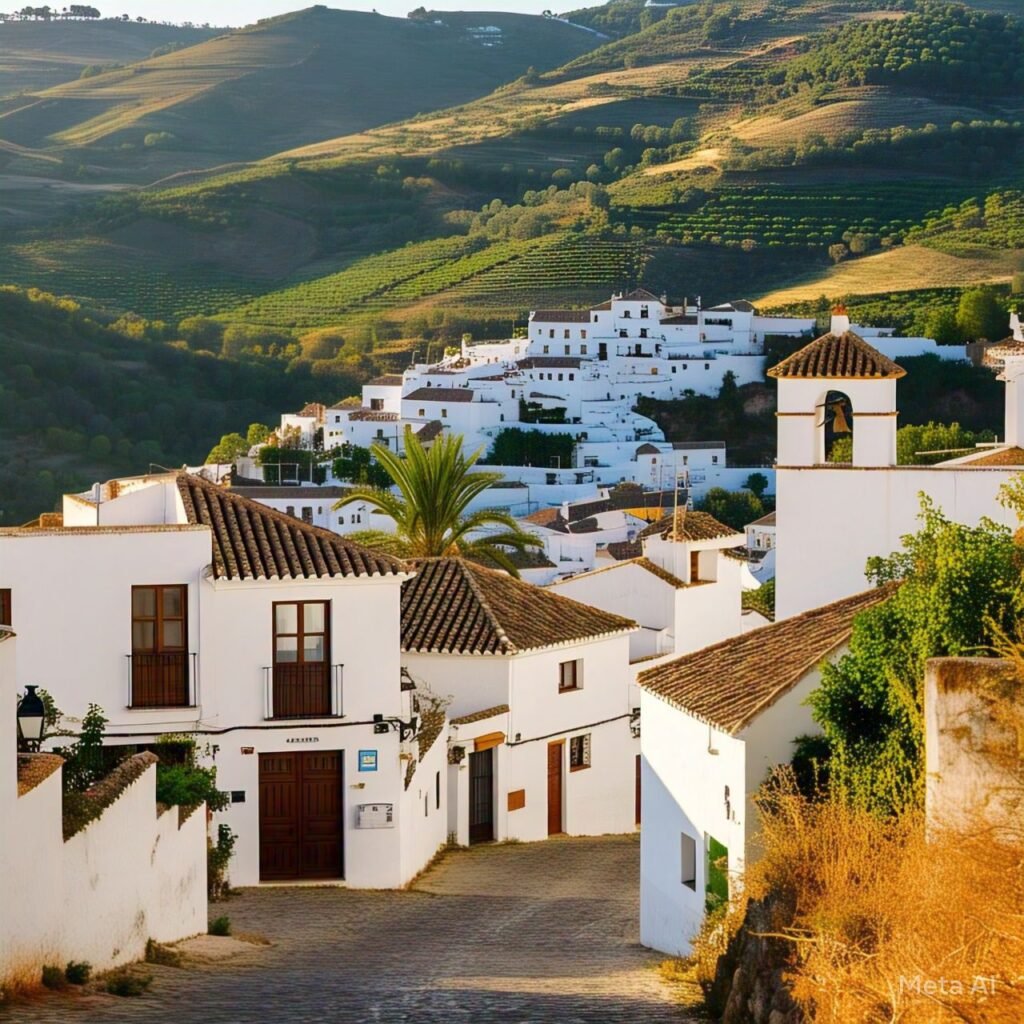
The Portuguese island of Madeira, which floats in the Atlantic Ocean, is nearer Africa than its continent. With daytime highs of about 20°C throughout the season, this climate makes it one of the warmest destinations in Europe for winter travel.
Since Madeira’s temperature is rather consistent throughout the year, one of the world’s most stunning islands essentially exists in perpetual spring.
With more consistent weather than Portugal’s second archipelago, the Azores, it’s a terrific winter getaway with plenty of sun-kissed days, flowers, and lush scenery. In March, it hosts one of the greatest carnival celebrations in all of Europe.
It’s also a location that fulfills a lot of requirements. There are beaches that range from the usual golden to spectacular dark bays formed by volcanic eruptions; Porto Santo, which is nearby, has a long stretch of exquisite sands. Then there are the mountains, which rise above the clouds with their towering, angular summits. The Leavada hiking trails, which trace the island’s historic irrigation system, connect everything. The capital, Funchal, has museums, wine tastings, and old architecture that all tell a tale. You can bet I shed a tear or two when I had to return to Lisbon after spending a winter month in the famed island of Madeira.
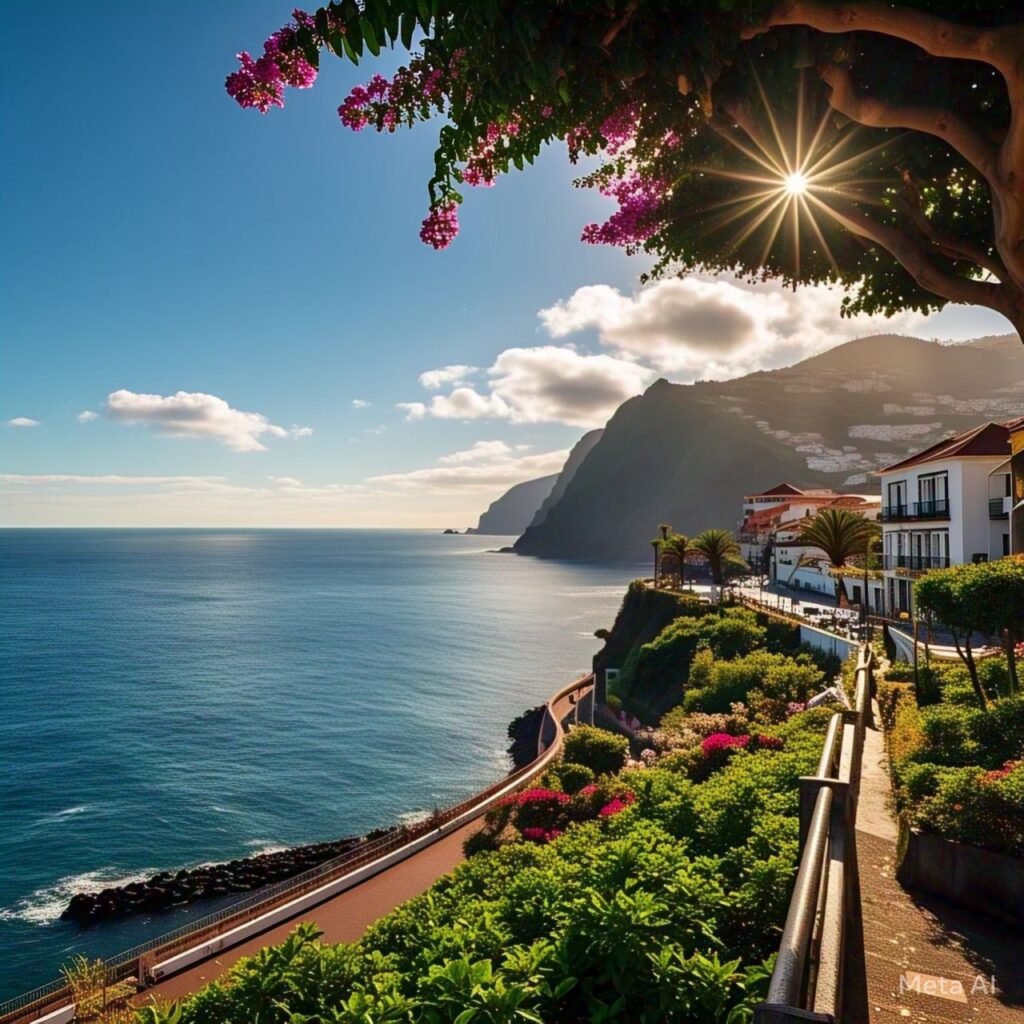
Italy’s Sicily
Ideal for milder winters, accompanied with culture and off-season sales

Thanks to The White Lotus, Italy’s “in the moment” island is a certain wintertime European vacation, but Sicily is worth seeing for reasons other than the sun.
Sicily, the biggest island in the Mediterranean, is always entertaining. Everything under the sun is found here, frequently quite literally, from charming towns like lively Palermo to stunning beaches like Cefalu.
You may anticipate daily highs of about 14°C in February, making it one of the hottest destinations in Europe during the winter months. However, don’t anticipate the weather to be like, say, the Canary Islands, as showers can be frequent during the winter.
Fortunately, there are lots of things to do on a rainy day. More than just a diversion from the beaches, the island’s rich culture includes Byzantine churches and magnificent Roman villas with mosaics that have been almost all restored. It’s worth enduring the showers just to see the Valley of Temples, a stretch of impressive Greek architecture outside. I give it a huge thumbs up after spending November exploring Sicily’s many nooks.
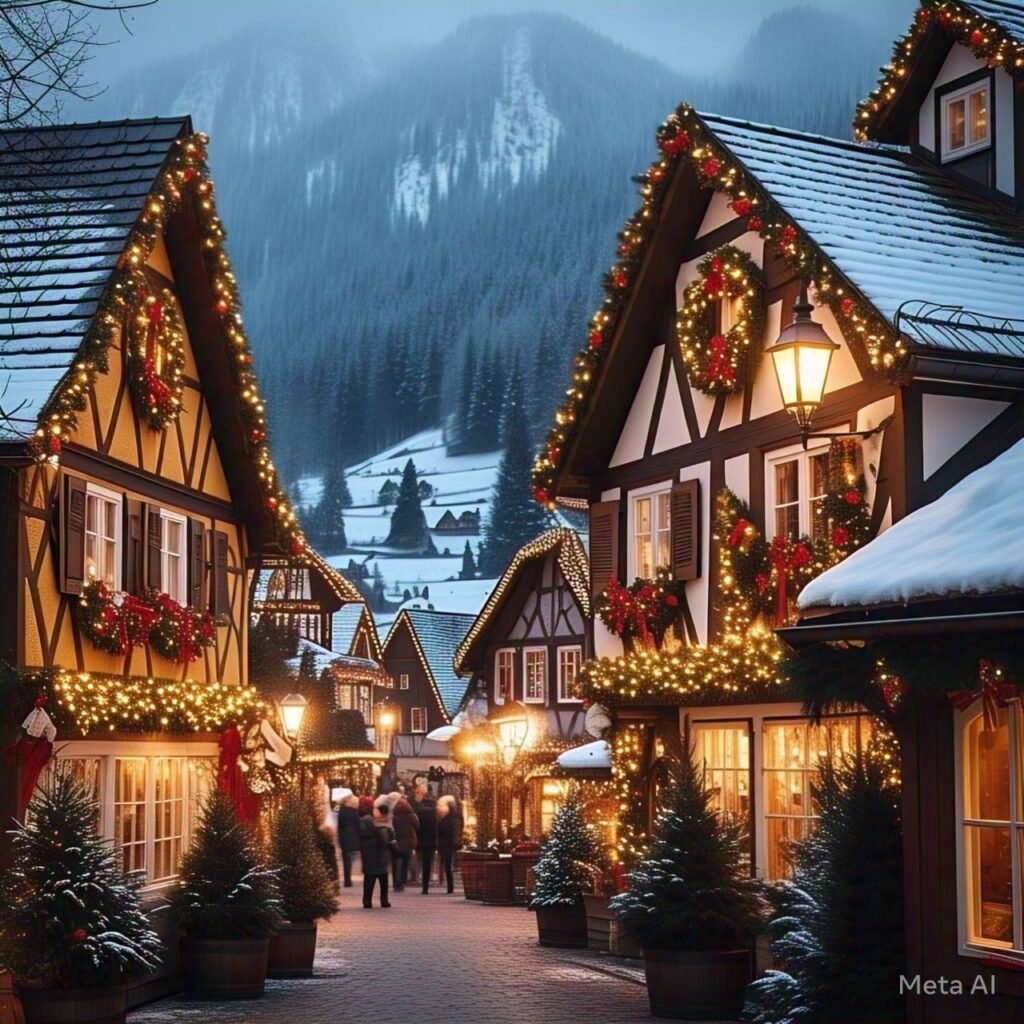
Germany’s Dresden and Saxony
Ideal for Christmas villages, customs, and winter wonderlands

Dresden, the capital of the Saxony region, is no exception to Germany’s well-known Christmas Markets. There are really eleven distinct themed Christmas markets throughout the city.
In addition to the celebrations, it’s a fantastic city break overall. Dresden is a strong challenger to some of the other famous cities in central Europe because of its majestic Baroque architecture and compact size, which allow for easy walking throughout the city. However, the city is at its best during the Christmas season.
But it’s not just the ultra-hip city of Leipzig that makes Saxony one of the top winter travel destinations in Europe; there are additional attractions in Saxony, Germany.
There are many customs in this country, particularly around Christmas, and it’s well worth renting a car to take advantage of them.
The town of Seiffen, located in the Ore Mountains, is a veritable year-round Christmas paradise. Regardless of the month, workshops here produce toys, candles, decorations, and other festive-related things. It feels like a true snowy wonderland in December. Then there are the customs of the miners in the mountain town. Saxony offers much more than just markets and glühwein at Christmas, from parades and traditional feasts to deep underground carol concerts in abandoned mines.
Bulgaria’s Bansko
The best option for snowboarding or skiing without going over budget

For skiers of all skill levels, Bansko is the perfect destination in the winter, whether you want to learn or just go skiing with friends.
However, its affordability is what makes it one of the top winter ski destinations in Europe. If you’re new to the sport and want to give it a try before spending a bunch at a posh French resort, this is especially perfect.
With half-board chalet lodgings starting at about £300 and affordable lessons, it’s truly one of the most affordable winter skiing destinations in Europe. Even non-skiers can use the chairs to get the higher après-ski locations, and lift passes can be scheduled by the day for those who do not want to commit to a full week of skiing. This makes it an excellent option for a budget-friendly family vacation in Europe.
There are restaurants, bars, rental shops, and other activities like ice skating before the skiing, which is a 30-minute gondola ride from the resort town. With its historic houses, museums, and a little but exquisite Orthodox church, Bansko’s Old Town is a lovely place to visit. You may also explore some of the local hot springs, and following Bansko, you can travel to the historic city of Plovdiv to see the historical sites without any tourists.
Portugal’s Algarve
Ideal for (often) bright days and off-season sales
You’ll be searching for your sun a little closer to home if your budget doesn’t allow for a lavish island getaway in distant places.
In the winter, the Algarve, Portugal’s southernmost region, is one of the warmest destinations in Europe, and because it’s off-season, there are typically many of bargains to be found. Particularly when you take into account some of the more unique locations in the Algarve that are located inland.
Although it is known for having 300 days of sunshine a year, it is not a destination that is sure to have sunshine, even though it will definitely be warmer than England. In fact, I am writing this in January while wearing a T-shirt on my balcony.
After living here for a number of years, I’ve discovered that December usually has nice days because Christmas is outside. However, the rainy season begins a little later. However, since it’s unpredictable, bring an umbrella and make plans for some last-minute rainy-day activities in the Algarve. With temperatures often a bit cooler than in the south, Lisbon, the capital of Portugal, is also a great place to visit during the winter.
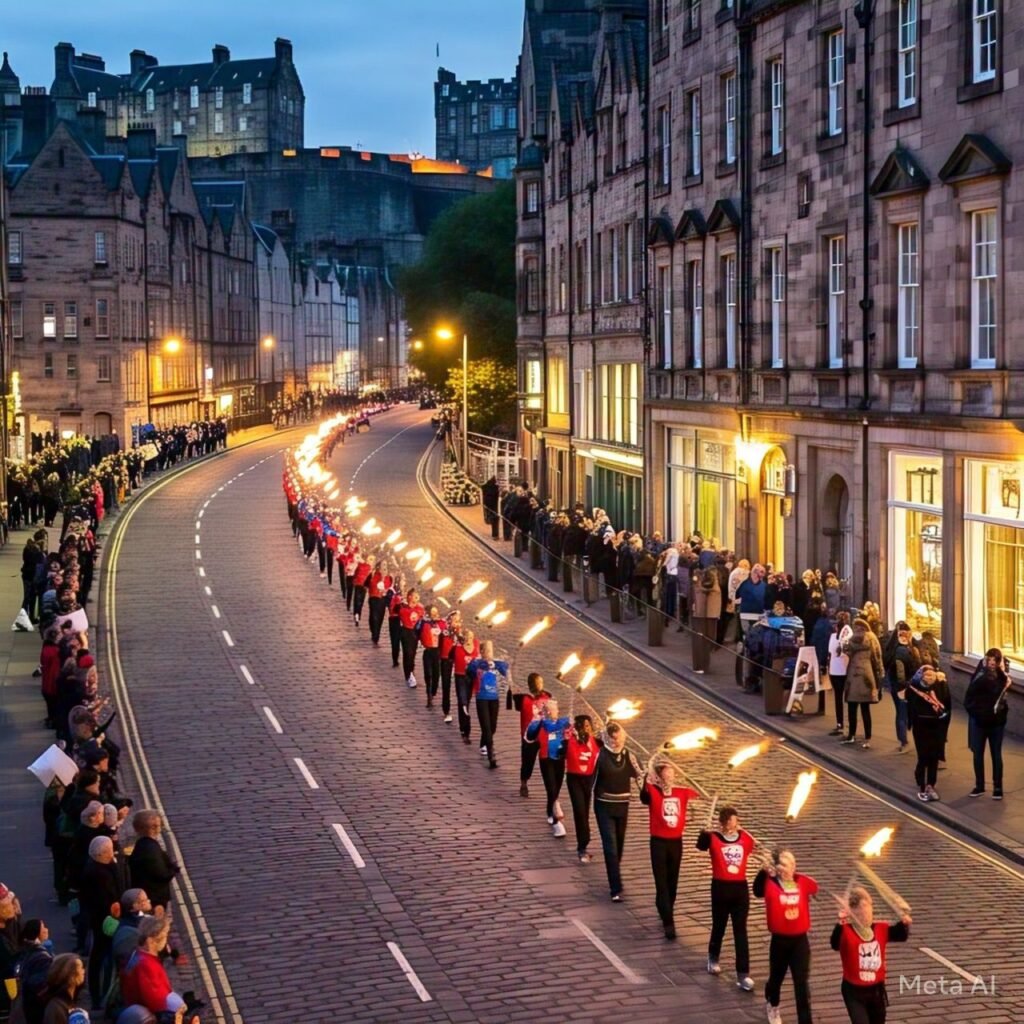
Edinburgh, one of the top tourist destinations in Europe, at the beginning of the torchlight procession
Scotland’s Edinburgh
Ideal for celebrations of Christmas and New Year’s Eve
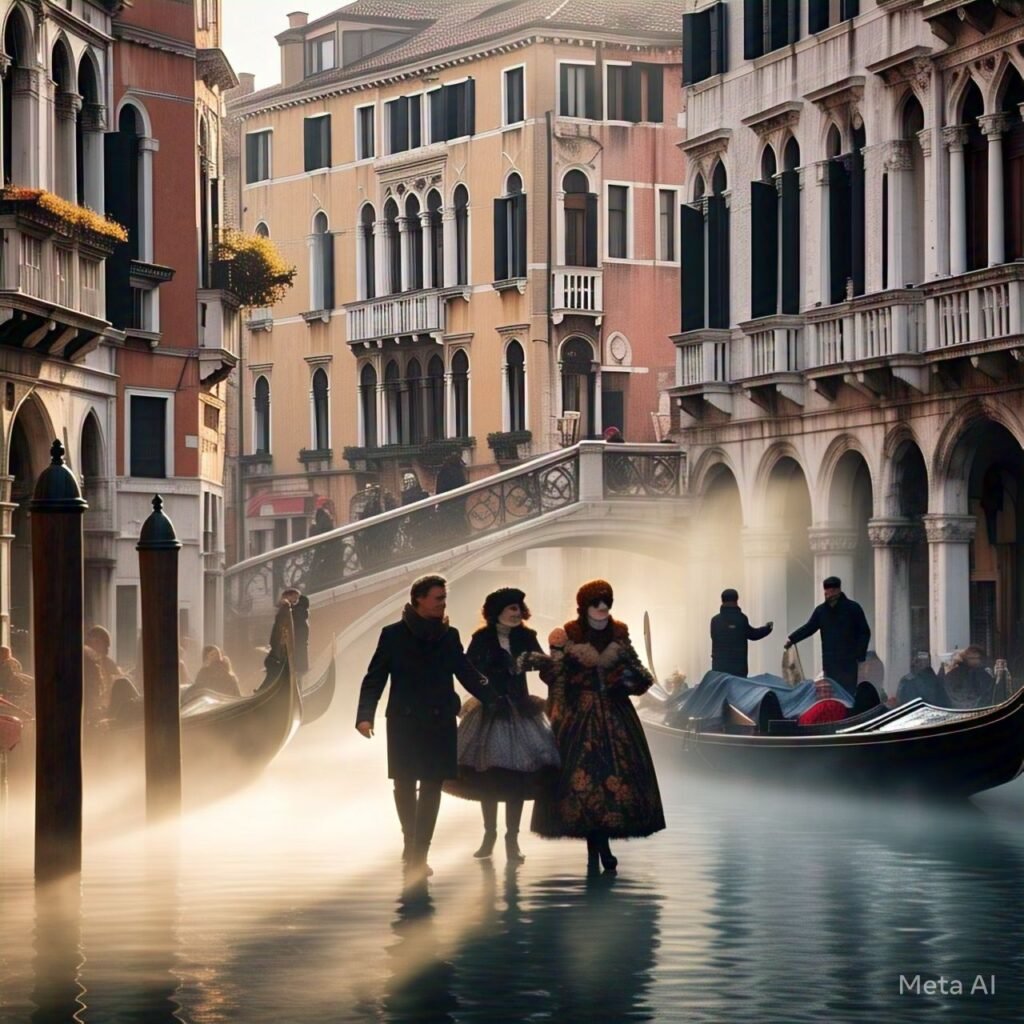
Scotland’s capital, Edinburgh, is a delight at any time of year. However, the Scottish Hogmanay celebrations that take over the city are what make it one of the top winter travel destinations in Europe.
The Scottish people know how to throw a good party on Hogmanay, the last day of the year. Anyone familiar with Edinburgh’s eleven annual festivals won’t be surprised by this.
These days, there are massive concerts, a parade with torches, creative gatherings, fireworks, and even a cold swim. It’s a fantastic way to start the new year, and the city is crowded and lively. In Edinburgh, the run-up to Christmas is also fantastic. Edinburgh is a great place to visit in the winter, whether you want to escape the weather in the city’s top museums, warm up by a pub fireplace, or sip mulled wine at the Christmas Markets.
Italy’s Venice
Ideal for Valentine’s Day excursions, carnivals, and off-season visits

Venice is a popular Valentine’s Day destination since it is one of the most romantic destinations in Europe, even though it isn’t the warmest—you’ll need to travel further south in Italy for a few more degrees.
The canal-lined city is worth visiting in the second month of the year for reasons other than that.
Actually, it’s the Venice Carnival, which has been going on since 1162 and makes this magnificent city one of the top winter travel destinations in Europe.
Although there are always throngs in Venice, I was genuinely taken aback by how quiet it was during the carnival. Maybe some individuals are turned off by the off-season and less favorable weather. For whatever reason, Venice is probably covered in the majority, which heightens the sight of the dressed bodies and masked faces wandering the city as if Saint Mark’s Square were a lavish ball. There are plenty of great balls held indoors if you’d rather have them, but you’ll probably have to look hard to get a ticket.
Malta’s capital
Ideal for an island getaway and winter sunshine
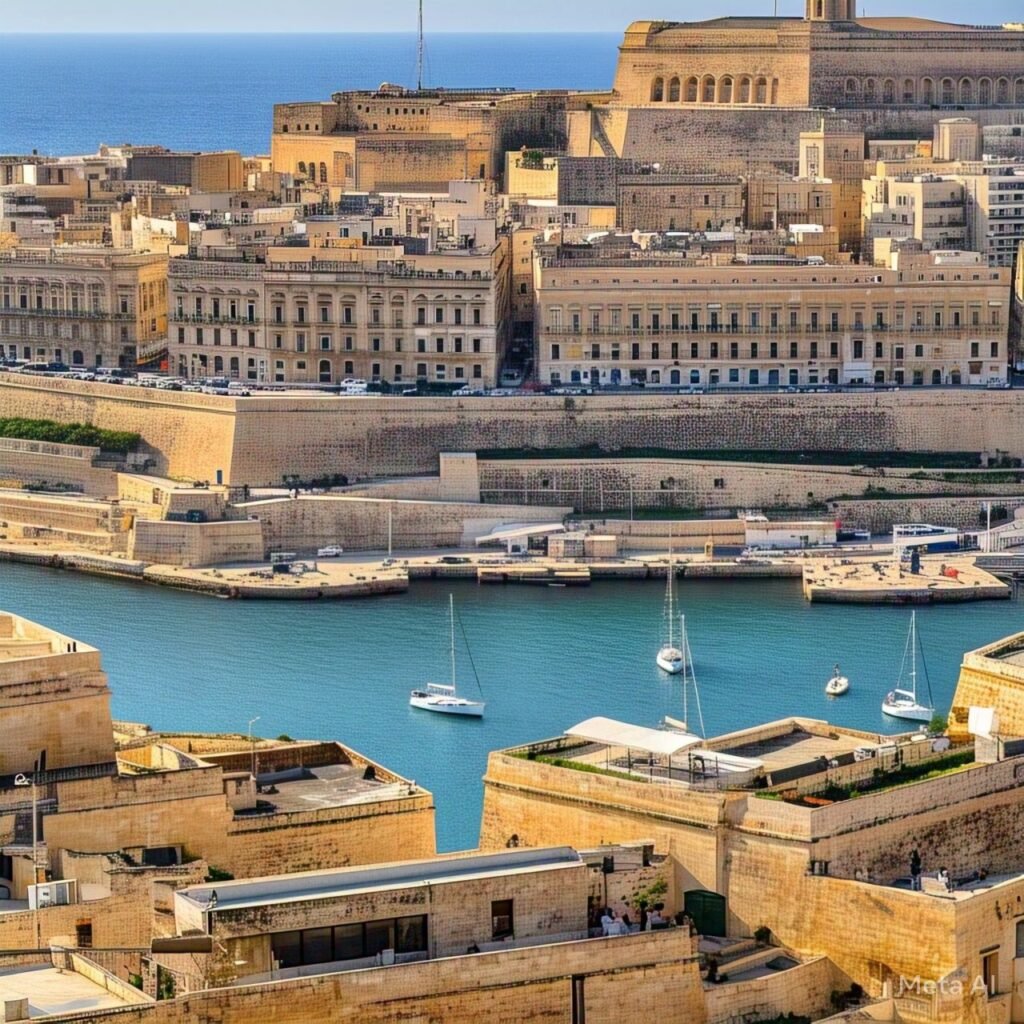
Malta’s capital
Malta is among the hottest winter destinations in Europe, with highs of 14°C in February.
Even while it might not be the ideal season to go diving—believe me, I completed my advanced PADI course here in the winter—the frequently sunny days provide a pleasant diversion from the gloomy Northern European winters.
Even if the water isn’t calling your name, it still sparkles, and it’s not impossible to top off your tan in the afternoons. Even rainy days aren’t wasted because there are so many cultural attractions to keep people entertained.
Explore the ancient alleyways of Valletta, a magnificent city that was added to the UNESO list in 1566. Mdina, the country’s first capital and an old fortified city, is even older. The incredible archeological site of Ghar Dalam takes it even further back in time. You may be confident that Malta has a wealth of history in addition to her stunning bays, since some of the prehistoric wonders date back thousands of years BCE.
Austria’s Leogang
Ideal for skiing and winter sports with a dash of culture

In the summer, Leogang is a completely different scene.
To be completely honest, I haven’t visited Leogang during the winter. Rather, I visited here during the summer, which may seem odd for a recognized ski location, but I enjoy traveling in Austria during the warmer months. In summer, Innsbruck is completely different from its winter self.
The main attraction of Leogang is the Asitz Mountain, which is converted into a cultural center during the summer featuring performances, art exhibits, and much more.
When the heavy layer of snow falls in the winter, things are quite different. It attracts large numbers because to its 270km of pistes. The Nitro Snowpark also provides excellent facilities for snowboarders.
Salzburg is also a treat in winter, conveniently located near the train station and down from the mountains. Therefore, it’s always a good idea to add a visit after the slopes. It is quite delightful to see the city’s spires covered in snow and the Old Town, which is classified by UNESCO, decked out in holiday spirit. The fact that the song Silent Night originated in Salzburg and that there is even a church devoted to the carol on the outskirts of the city is not surprising given how musically charged the city is. However, I think that Austria is at its best in the summer, and even if you’re not a fan of skiing or snow, you might agree.
Croatia’s Dubrovnik
Ideal for a city without cruises and a few sunny days

Dubrovnik, minus the tourists
Even though there may be rains and the temperature only reaches a high of 13°C, Dubrovnik is still among the warmest destinations in Europe throughout the winter, and all of Croatia’s top attractions are only a bus or boat ride away.
But the main attraction of Croatia’s most southern and isolated city throughout the winter isn’t the warmth.
Avoiding the crowds is the best reason to travel to Dubrovnik in the winter. The teeming streets can become intolerable during peak season due to the influx of day trippers and numerous cruise ships. Sailings are few during the winter, when this European treasure is in a far more “authentic” state.
Explore the majestic city walls without feeling crowded. On Stradun, people watch in a fun manner. Take your time admiring the Assumption Cathedral. After that, take a cable car up into the hills to take in the view. You might be fortunate enough to spend a few hours on the beach with your towel down. Otherwise, you would have seen Dubrovnik as I recall it from a decade ago: lovely. This 7-day Croatia itinerary between Dubrovnik and Split primarily highlights places with some year-round activity, even though it’s not the ideal time to visit islands.
Estonia’s Tallinn
Ideal for a city getaway on Valentine’s Day or a Christmas market

When winter arrives, there is a lot more snow in Tallinn’s Old Town.
Beautiful Tallinn is a great place to visit for Christmas markets.
I wouldn’t consider it one of the best winter travel destinations in Europe during the remainder of the cold season; instead, I think it’s a summertime favorite, but the holiday season is a winner.
The market is a fantasy, taking over the entire Town Hall Square from late November to early January. This is the epitome of a winter wonderland, complete with snow-capped spires everywhere, warm mulled wine flowing freely, and window cabins decked out in glittering lights serving up regional fare.
Apart from the joyous atmosphere, Tallinn provides adequate entertainment. Whether you choose to explore the museums in the well-preserved medieval heart or browse for independent handicrafts and drink craft beers in the hipster-cool neighborhood of Kalamaja, a winter city break in Tallinn is essentially a present from Santa himself.
Spain’s Seville
Ideal for a winter getaway in the warmest city in Spain

Seville’s Plaza de Espana
Seville, the capital of Andalusia, is a city of ferocious passion, with its heart-pounding, feet-stomping, and castanet-clapping atmosphere. It also boasts the warmest average temperature of any Spanish city throughout the year.
Its reputation as one of the warmest destinations in Europe during the winter months, with temperatures as high as 18°C in February, makes a journey there much more enjoyable, even though the summer heat can be nearly intolerable.
Don’t miss a Flamenco performance. Climb the La Giralda tower and see the massive Gothic Cathedral. Unwind in the green areas and lush gardens. Make time to see the Seville Museum of Fine Arts and take in the Plaza de España’s tilework. After finishing all of the tapas, have beers till the wee hours of the morning. Because so many people in the city are students, the nights are long throughout the school year.
Norway’s Bergen
The best place to see the northern lights and take a snowy city break

Bergen is a winter paradise.
One of my favorite winter travel destinations in Europe is Bergen. Even the train ride from Oslo, which was hampered by snowstorms, was enjoyable.
With a sizable Christmas market, Norway’s second-largest city gets into the holiday spirit. It is a cozy, earthy place with its wooden houses in Bryggen, its restored medieval dock, and its museums’ entrances decked up in snow and dazzling lights.
When you’re done admiring this magnificent metropolis, it’s time to see the Northern Lights. Unfortunately, Bergen isn’t the ideal site to see them. The best vistas may require a full day of driving, but heading north is the best option. Even if domestic flights are not eco-friendly, they could be necessary if you wish to travel to the Lofoten archipelago, which is home to some of the world’s most beautiful islands.
Italy’s Trentino
Ideal for winter sports in a breathtaking setting

There is never a bad time of year to travel to Trentino, which is in northern Italy and has an almost Austrian feel to it.
Not surprisingly, the Dolomites, Europe’s poster-child mountains, are the reason for the abundance of snow sports in the area.
Madonna di Campiglio is among the top winter skiing destinations in Europe. I’ve been informed that it’s a dream for intermediate skiers. Great snow, a variety of pistes, and the backdrop of all those magnificent peaks. What could be better than Aperol-fueled après-ski sessions and Italy’s legendary food, which frequently has a mountain twist? Spend a night or two in Trento, the region’s green and hospitable capital city, for a taste of culture.
Iceland
Ideal for a nation of snow and ice and a crazy New Year’s Eve

Many people advised me against visiting Iceland during the winter, but even if things didn’t go as planned, the savings and the opportunities to see the snow were worthwhile.
The New Year’s Eve festivities were the primary reason I wanted to travel to Iceland during this time of year. It’s free for all here. For a few days, everyone goes crazy without any formal event. The street is filled with celebration as bonfires burn into the night and fireworks shoot out in all directions. A real ice and fire land.
Planning a one-week itinerary for Iceland is not without its challenges, even though going in the winter was cool, especially with the deep snow covering everything. Tours may be canceled, roads may be closed, and the Northern Lights may be obscured by dense clouds. I still thought it was fantastic. I even had the opportunity to snorkel in the baltic, between the tectonic plates!
Just do your homework before traveling to Iceland in December, when there is very little daylight. Not everyone will find this to be their favorite winter destination in Europe.